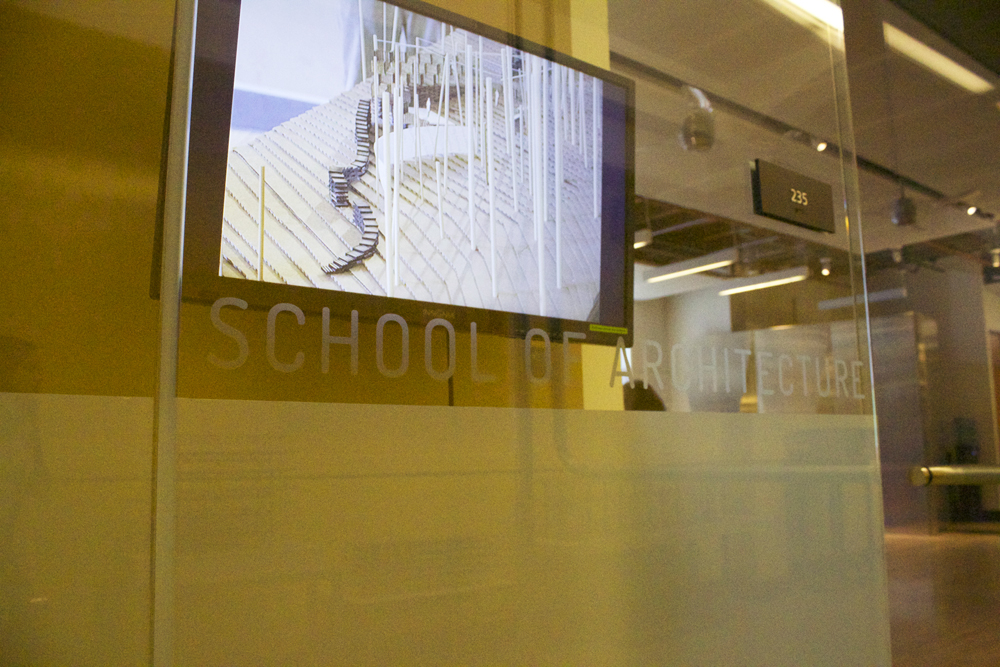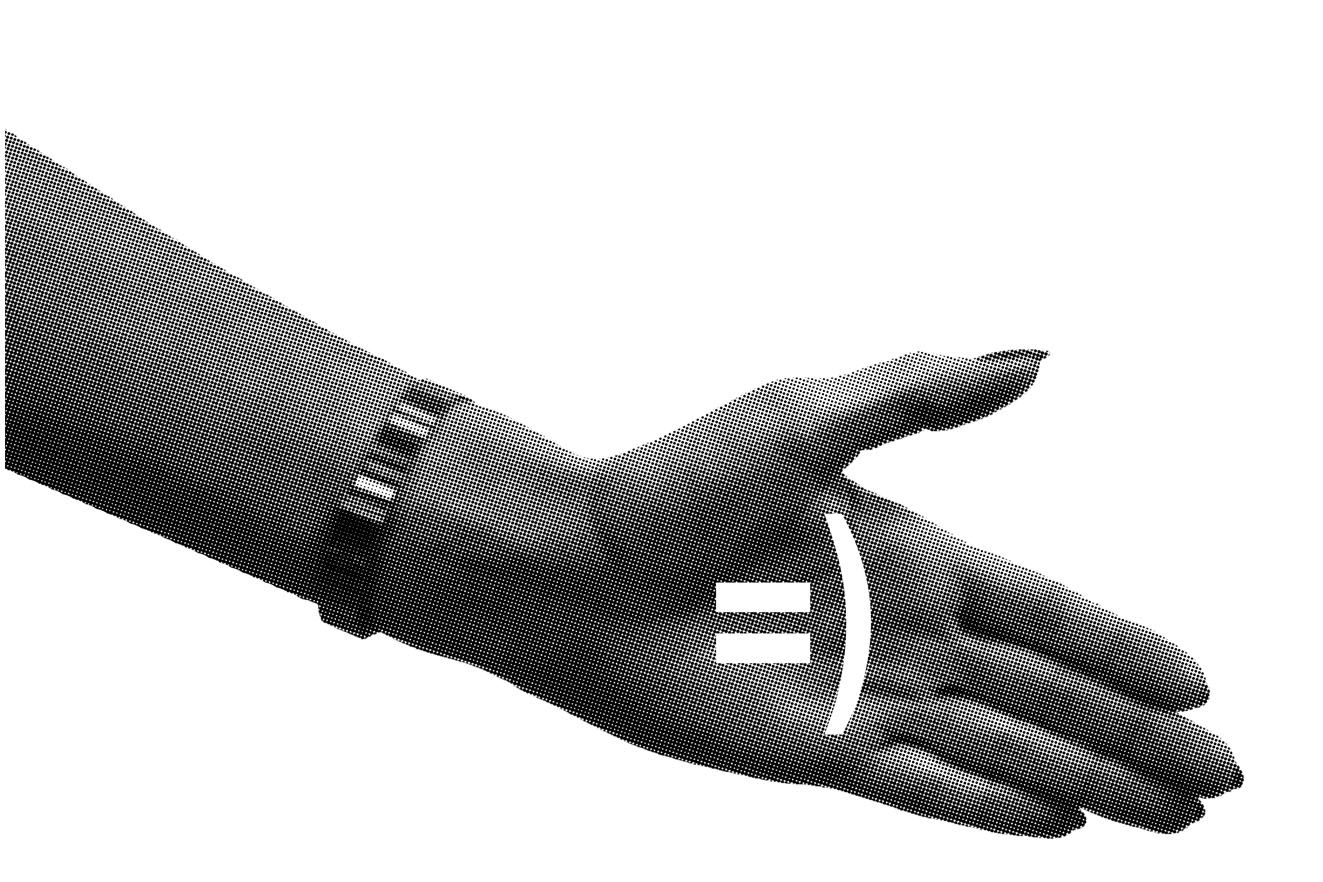Portland State’s School of Architecture has received a $300,000 grant from the W.M. Keck Foundation in order to build a new undergraduate research lab.
The foundation supports research programs for science, engineering and medical research as well as undergraduate education programs.
The new lab was designed for research on green building techniques and will be completed by next fall. The project will supply undergraduate students with more research opportunities. It is an extension of the Research-based Design Initiative for graduate students, started by the School of Architecture that started in 2011.
“It is my concern that undergraduate students can at least do one small research project. We’re going to hopefully have 200 students per year coming through this lab,” said Assistant Professor Corey Griffin, who will lead the lab. He said that he’s excited for the department to offer more practical experience. “The opportunity is interdisciplinary and not only for architecture students.”
In September 2013, Griffin started the application for the grant. The School of Architecture received the final confirmation letter and a check on Christmas Eve 2014.
“In a school that has built its educational goals around the human experience of architecture, the Keck award affords our students the opportunity to learn through direct, hands-on empirical investigation of buildings, and to test prototypes for sustainable solutions that would otherwise remain purely conceptual,” said Clive Knights, director of the School of Architecture.
The money will provide the lab with equipment for environmental data collection, simulation tools for design, and fabrication tools for rapid prototypes to analyze building performance.
This lab will build a better knowledge of measurement tools.
“The goal of the lab is to provide research experience that focuses on green buildings and reduce the amount of resources that buildings use,” Griffin said. “To understand how buildings use energy, you need tools to document them. Simulation software then can help to measure and optimize those things during the design process.”
The grant will also be used to pay lab employees and for the development of teaching modules. The grant will also create fellowships for faculty members for three years. Griffin said he will select three faculty members each year from those who apply.
“They will get money to pay their summer salary or buy themselves out of class so that they can come to the lab, learn how to use the tools and develop those teaching modules that they then can use in their classes,” he said.
The Research-based Design Initiative for graduate students in the School of Architecture is a project started by Griffin and Professor Sergio Palleroni. It was supported by grants from the National Council of Architectural Registration Boards (NCARB) and the Oregon Community Foundation.
Julia Mollner and Reid Weber are graduate students who participated in the initiative in Fall 2013 and Winter 2014. They worked for different Portland firms and researched daylighting techniques in buildings.
Mollner’s project was concerned with the light conditions in a newly built school. “That included going out to the school, taking light measurements, comparing those to the design of lighting programs and make them more accurate to the real life situation,” she said.
As building research becomes more prominent and architecture is a competitive field, both Weber and Mollner said they appreciate the opportunities for hands-on knowledge afforded to undergraduate students by the grant.
“It almost puts our students towards the forefront of our profession, and to have skills like that is really valuable to future employers,” Mollner said.
Weber, who received his undergraduate degree from the University of Idaho, said he was lucky to get early hands-on experience there. “I was using light meters and stuff early on in projects and I think the expansion to undergraduate classes is awesome,” he said.
Asked what she likes most about her studies, Mollner said, “People spend most of the time of their lives in buildings and don’t give more thought to that. Buildings and our environment affect the way we live, and how we are mentally and physically as far as health goes. For me, architecture is a way to make a positive impact on that.”






